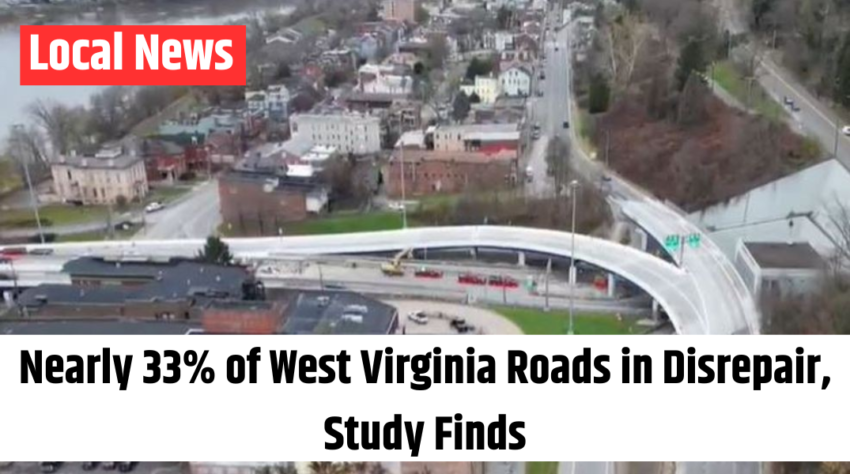CLARKSBURG, W.Va. — West Virginia residents often voice frustration about potholes, crumbling highways, and outdated infrastructure — and a new report suggests those concerns are well-founded. A recent study by national transportation research nonprofit TRIP reveals that close to one-third of the Mountain State’s most heavily traveled roads are rated in poor or mediocre condition.
Released in April 2025, TRIP’s Keeping West Virginia Moving Forward report links the condition of the state’s transportation network to overall economic progress and quality of life. The findings show that even with substantial funding efforts like the Roads to Prosperity Initiative, many transportation needs remain unmet.
The initiative, introduced by former Governor Jim Justice and supported by a statewide referendum, pumped $1.6 billion into infrastructure projects. This funding led to a 67% increase in road and bridge repairs. But according to West Virginia Department of Transportation (WVDOT) Secretary Todd Rumbaugh, it wasn’t enough to fully tackle the state’s aging infrastructure.
“We’ve made progress, but the problems run deep,” Rumbaugh said during a press briefing. “The initiative gave us a strong start, but we still have a long road ahead.”
One of the biggest challenges facing the WVDOT is the rising cost of construction. TRIP’s Director of Policy and Research, Rocky Moretti, highlighted a dramatic 45% increase in highway construction costs since early 2022 — a surge that has limited how far those dollars can stretch.
Also Read – ‘Hands Off’ Protest Arrives in NCWV as Part of Nationwide Push
“This inflation in construction materials and labor has eaten away at the value of the funding,” Moretti said. “Many projects are now more expensive, reducing the overall impact.”
Despite these challenges, Rumbaugh noted that infrastructure development remains a top priority for Governor Patrick Morrissey’s administration. Major improvements are planned for north-central West Virginia, including significant work along the corridor from Bridgeport to Morgantown.
“We’re in the process of replacing and expanding bridges on I-68, upgrading them from four lanes to six,” Rumbaugh said. “These projects will continue over the next couple of years and will include redesigns of several key interchanges in the Morgantown region.”
TRIP’s research also points to future strain on the transportation system, as the volume of freight moving in and out of the state is expected to surge by 88% by the end of 2025.
The organization compiled its findings using data from numerous agencies, including the WVDOT, the Federal Highway Administration, the U.S. Census Bureau, and the National Highway Traffic Safety Administration.
As the state continues to push forward with roadwork and modernization, officials stress the importance of long-term investment to ensure West Virginia’s roadways can meet growing demand — and support the safety, mobility, and economy of its residents.
